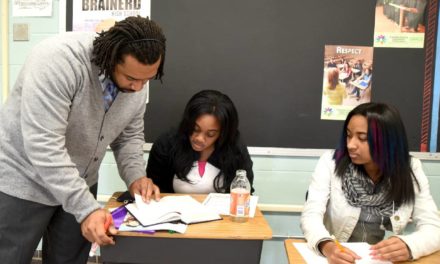
By: Melissa Brevetti, Ph.D.
Consider how effective classroom management becomes almost invisible as educators guide diverse students onward, traveling along on meaningful journeys. Were these educators born with these skills? Not at all. The good news is that everyone can achieve success once they make the efforts to be conscious of these 3 Classroom Management Strategies.
#1 Learn and use students’ names
It’s as simple as using your students’ first names and saying it correctly to show respect, personal care, and belonging. Classroom management need not be complex or mysterious. Say your student’s name and re-direct—with no judgement—the many ways to accomplish the task at hand, as well as to provide that student the opportunity to gain skills into regulating self-behavior. When a teacher starts the school year, the first goal is to learn names.
#2 Anticipate potential issues, be proactive
Many teachers know that it’s natural for issues to arise in a classroom full of students. However, expert educators approach classroom management differently. Keep reminding yourself about the big picture when a student is disruptive. Often a student may be tired or stressed, and that is the root cause of the misbehavior. Use proximity and non-verbal cues to keep student on-task. Our aim is to create positive and inclusive environments of budding scholars. In sum, be keenly aware of what can cause misbehaviors, recognizing ways to reduce normal distractions that can happen in a busy room full of people—and how to consistently address it in order to get back on track.

#3 Show excitement and enthusiasm
Enthusiasm is both directly and indirectly related to higher student achievement. Much research shows that enthusiastic teachers create classrooms of learners who discover value in their work. The teachers’ excitement conveys that they are committed and believe in the students and subject matter. Remember a good balance with enthusiasm, because constant, highly-energetic chaos (without clear learning objectives) would be counterproductive. Make the time to create meaningful activities and tasks so that students achieve their “aha moments.” Furthermore, happy and engaged classrooms take ownership in their learning. Guiding our students to success is not meant to only transform them, as along the way, it transforms us.



